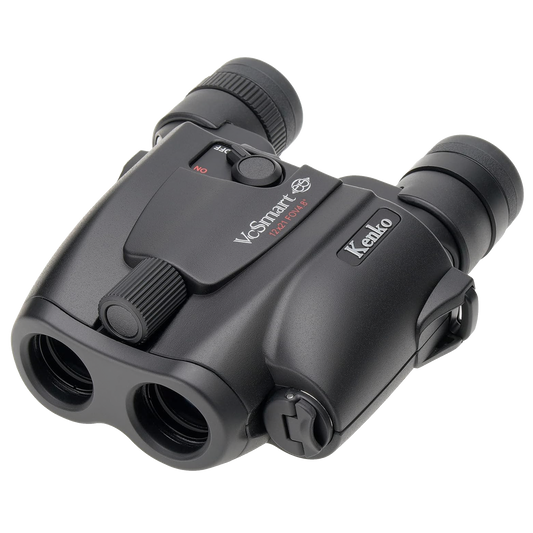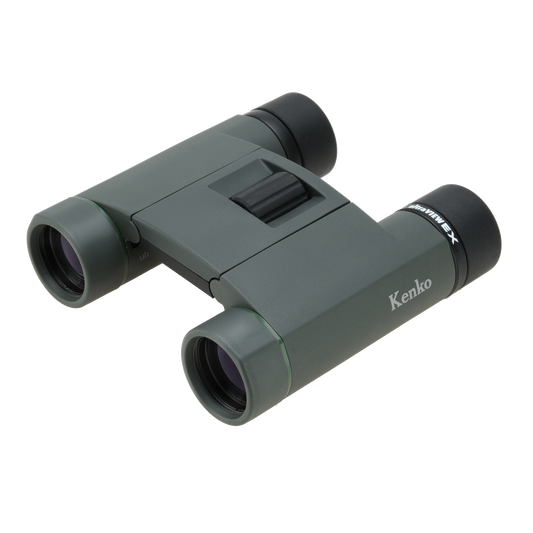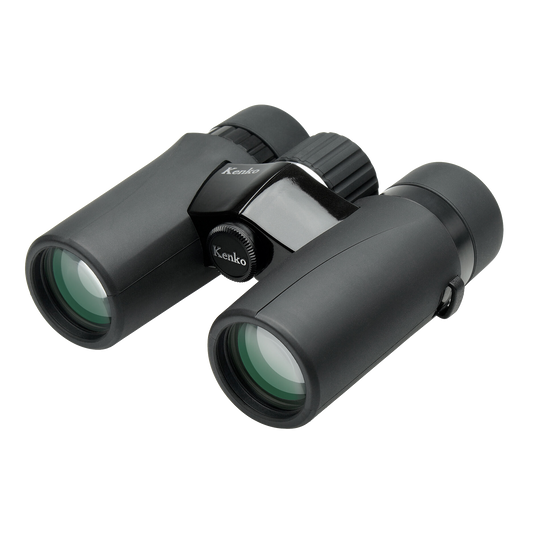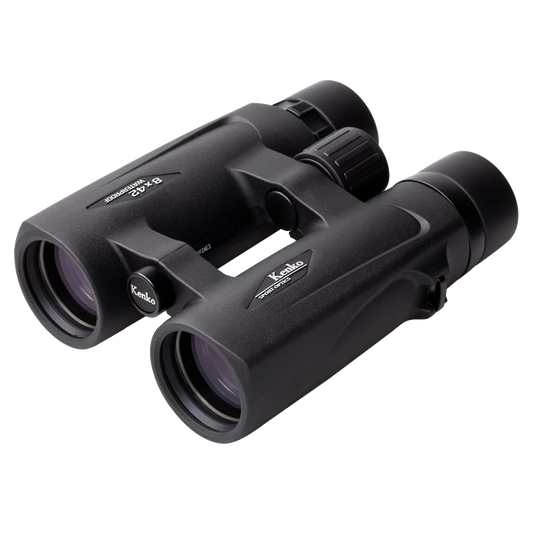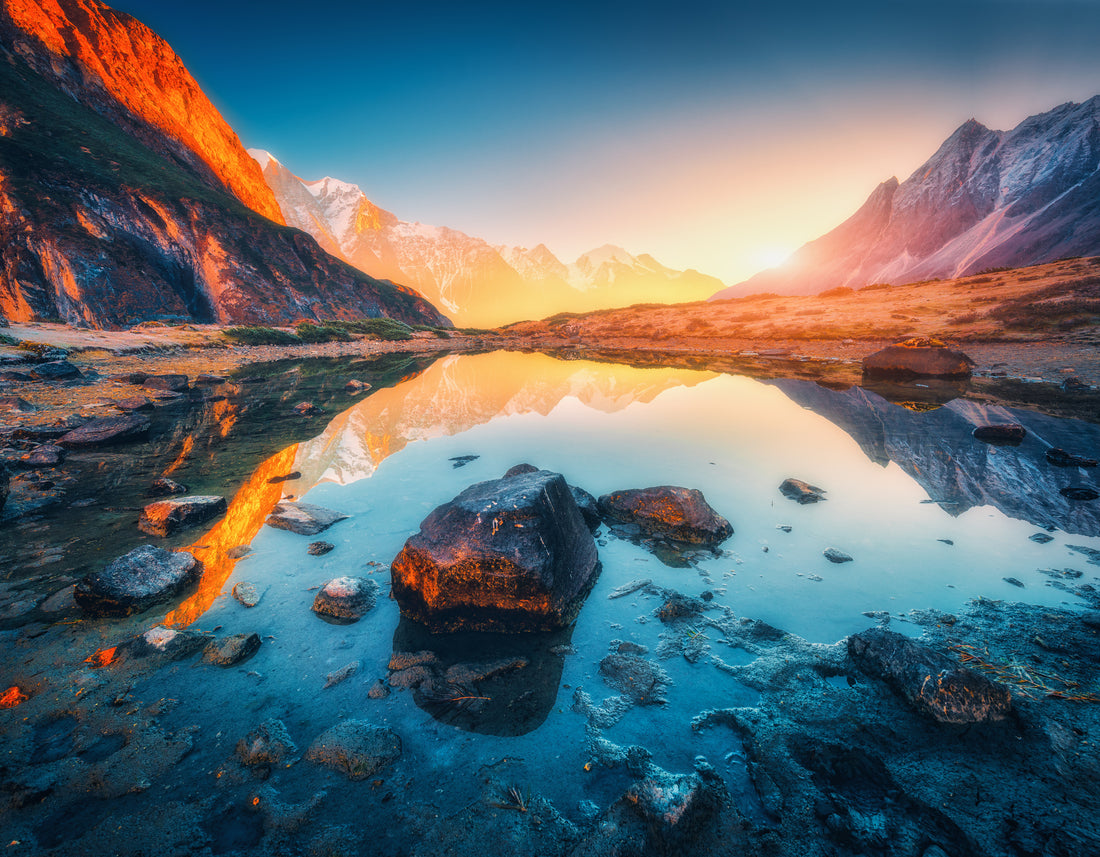
Simple Landscape Photography Tips With Tons of Impact

photo by den-belitsky via iStock
Creating a great landscape photo requires a lot of things to go just right…
You need good lighting, a solid composition, and the right camera settings, just to name a few.
In addition to those, you can increase the likelihood of getting a great shot by employing a few super simple landscape photography tips like the ones I’ve listed below.
Let’s get started!
Not sure what gear you need to take better landscape photos? Start with a rock-solid polarizing filter. FIND YOUR FILTER NOW.
Landscape Photography Tip: Shoot in Vertical Format

photo by bortnikau via iStock
When you think of landscape photos, you likely think of images taken in horizontal, or landscape format.
And while horizontal format fits the bill for many landscapes, it’s not the end-all, be-all.
Vertical landscape photos offer a completely different take on the scene. You can introduce much more foreground into the shot, which can make it feel like it has more depth.

photo by RelaxFoto.de via iStock
Likewise, some landscapes are taller than they are wide, so vertical format shooting is a must for things like waterfalls.
Try getting into the habit of taking both horizontal and vertical oriented shots each time you pause to take a photo.
You might find that even if the landscape seems like it would look best in a horizontal photo that a vertical composition is more pleasing.
Learn More:
How to Improve Landscape Photos: Use a Polarizing Filter

photo by Koldunov via iStock
The great thing about a polarizing filter is that it helps your photos in a variety of ways.
Just screw it onto the end of your lens and rotate the filter housing, and it’ll block out polarized light. Why is that important?
Polarized light can cause significant glare that can be distracting in a landscape photo, like sunlight bouncing off the surface of water.

photo by YinYang via iStock
What’s more, polarized light can decrease the contrast in the sky, making the blue color of the atmosphere look less saturated and white clouds more gray.
On top of that, polarized light can make distant landscape features look hazy, and in your photos, they have less definition and detail.
But a polarizing filter solves all those issues…
You’ll get photos with less glare, more contrast in the sky, and less atmospheric haze. What’s not to like about that?!
Polarizers work best in daytime shooting conditions when the sun is at about a 45-degree angle to the camera.
So, they aren’t a magic elixir that works in every possible situation, but they’re still a valuable part of any landscape photographer’s kit.
I’ve been using the Kenko Nyumon circular polarizer for quite some time now, and it’s proven to be a more-than-worthy investment.
The filter threads are precisely machined so it fits perfectly on my lens, and the precision polished Asahi Japanese optical glass means that the filter doesn’t cause any degradation in the sharpness of my images.
I appreciate the low-profile alloy lens ring, too, because it reduces the appearance of vignetting when I shoot with a wide-angle lens.
It’s affordable as well (depending on the size you need, as little as $15.00), so that makes it a must-have for your camera bag!
Learn More:
- Variable ND Filter: Why You Need OneVariable ND Filter: Why You Need One
- Landscape Photography Tricks You Should Be UsingLandscape Photography Tricks You Should Be Using
How to Get Better Landscape Photos: Get Out of Full Auto Mode

photo by MarioGuti via iStock
Full auto mode is a good learning tool for beginner photographers because you don’t have to think about the exposure settings (aperture, shutter speed, and ISO) and can concentrate on developing your creative eye instead.
But full auto mode can become a crutch, so shifting away from that sooner rather than later will help you get improved landscape photos.
You don’t have to start shooting in full manual mode right now, either.
In fact, aperture priority mode is the best of both worlds…

photo by arisara1978 via iStock
In aperture priority mode (A or Av on your camera’s dial), you control the aperture and the ISO while the camera controls the shutter speed.
In most landscape situations, you can set the aperture and forget it - f/8 or f/11 will be fine most of the time. Likewise, if you’re shooting in the daytime, an ISO of 100 (or whatever the lowest value is your camera offers) is ideal, so, again, you can set it and forget it.

photo by Givaga via iStock
Only when the light starts to fade will you need to raise the ISO. And unless there are elements in the landscape very close to your lens (say within five feet) adjusting the aperture is likely not something you’ll need to do.
The moral of the story is that by getting out of full auto, you take more control over camera settings and thus have more say over how the shot looks. Your eye is much more advanced than any camera you’ll ever own, so the more control you take, the better your landscapes will look!
Learn More:
- How to Take Better Photos: Specific Steps to Take Right Now
- Beginner Photography Mistakes and Tricks for Avoiding Them
Originally posted on PhotographyTalk.com



